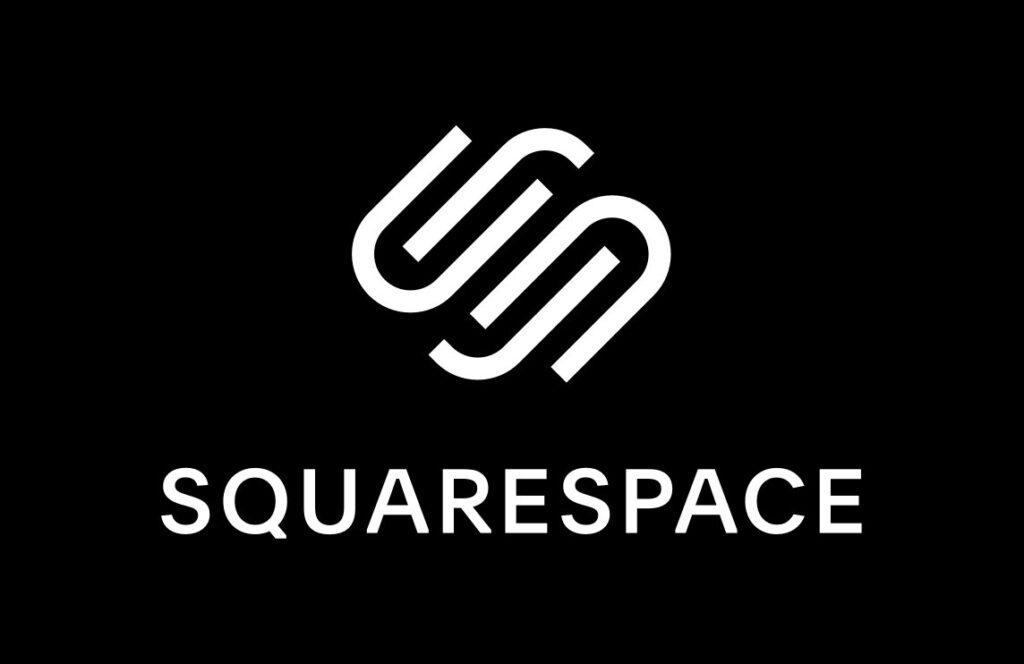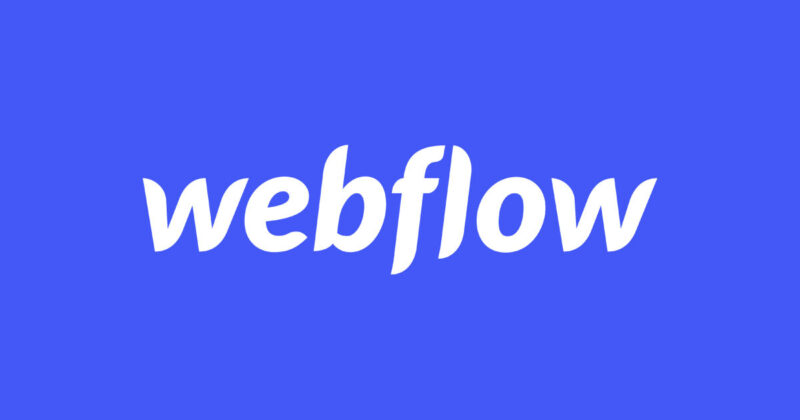In the ever-evolving landscape of web design and development, Webflow has emerged as a popular choice, offering a robust platform for creating stunning websites without delving into complex code. Its seamless blend of design and development functionalities has empowered designers and entrepreneurs alike to craft visually appealing and highly functional websites. However, as discerning creators and business owners, it’s essential to explore a range of options to ensure we’re making the right choice for our specific needs. In this comprehensive guide, we’ll delve into a variety of Webflow alternatives that can empower you to achieve your web design goals with finesse and creativity.
Unveiling the World of Webflow
At the heart of Webflow’s appeal lies its user-friendly approach to web design. With an intuitive drag-and-drop interface, creators can visually construct intricate layouts and design elements. This means that you can bring your creative visions to life without being shackled by the intricacies of coding. Webflow also boasts responsive design capabilities, ensuring that your websites look captivating and function seamlessly on various devices, from smartphones to desktops.
However, Webflow’s offering doesn’t stop at design. It’s a comprehensive solution that extends to hosting as well. Its hosting platform allows you to transition from design to deployment seamlessly. This integration streamlines the process and eliminates the need for third-party hosting services. From the inception of your design to its live manifestation, Webflow provides a holistic ecosystem.
The Limitations and the Quest for Webflow Alternatives

While Webflow’s prowess is undeniable, it’s crucial to recognize that no tool is one-size-fits-all. This realization, coupled with the evolving nature of web design, often sparks the search for Webflow alternatives that can cater to your unique requirements. Let’s delve into the limitations that might prompt this quest for alternatives:
1. Advanced Customization
While Webflow empowers users with a high degree of customization, there are instances where projects demand an even more intricate and highly specialized approach to design. Webflow alternative platforms might provide more extensive customization options to bring these unique visions to fruition.
2. Specific Features
Every project has its own set of requirements. If your project necessitates specific features that are not readily available within Webflow’s toolkit, exploring Webflow alternative platforms becomes a strategic move. Whether it’s specialized e-commerce capabilities, advanced interactive elements, or unique design components, Webflow alternative platforms can bridge the gap.
3. Scaling and Performance
As your website gains traction and traffic, considerations about performance and scalability become paramount. While Webflow is capable of handling moderately sized websites, more complex projects with heavy traffic might require alternative platforms that offer enhanced scalability and optimization options.
4. Budget Constraints
Weighing the financial aspects of your project is a significant consideration. Webflow’s pricing structure might not align with your budget, especially if you’re an individual creator or a small business. Exploring alternatives with more flexible pricing models can help you strike the perfect balance between functionality and affordability.
Commonly Used Webflow Alternatives For Dynamic Web Design

In the dynamic realm of web design, a multitude of alternatives stands ready to meet the diverse needs of creators. Each alternative brings its own set of strengths and functionalities to the table. Let’s embark on a journey through a selection of these alternatives:
1. Wix: The Versatile Website Builder
Wix has earned its reputation as a versatile and accessible website builder. Its strength lies in its user-friendly interface, making it an excellent choice for those who may not possess extensive technical skills. The drag-and-drop editor allows you to arrange elements and create stunning designs effortlessly. Wix’s versatility is further accentuated by its extensive app marketplace, offering a diverse range of tools and integrations to enhance your website’s functionality.
2. Squarespace: Where Elegance Meets Simplicity
Squarespace is a testament to the marriage of elegance and simplicity. It is an optimal choice for creators seeking a polished and visually appealing online presence. The platform offers a collection of beautifully designed templates that serve as a canvas for your creativity. Whether you’re an artist, blogger, or entrepreneur, Squarespace provides the tools to showcase your work with finesse. Its integrated e-commerce functionalities enable you to set up online stores and market your products seamlessly.
3. WordPress: Power and Customization Unleashed
WordPress stands as a cornerstone in the world of web design and content management. Renowned for its unparalleled customization and flexibility, WordPress empowers creators to tailor their websites to their precise specifications. The platform’s vast library of themes and plugins opens up a realm of possibilities, enabling you to create anything from blogs and portfolios to e-commerce sites and online communities. Regardless of your project’s scope, WordPress offers a solution.
4. Shopify: E-Commerce Elevated
For those whose primary focus is establishing an exceptional online store, Shopify is the go-to platform. With its dedicated e-commerce functionalities, Shopify streamlines the process of showcasing products, managing inventory, and facilitating transactions. The platform provides an array of professionally designed e-commerce templates, ensuring that your online store maintains a polished and engaging aesthetic. Moreover, Shopify’s ecosystem of apps and integrations allows you to customize your store’s functionality to align with your business goals.
5. WooCommerce: Extending WordPress for E-Commerce
WooCommerce operates as a powerful plugin for WordPress, transforming your website into a feature-rich e-commerce hub. This integration seamlessly infuses e-commerce functionalities into the WordPress framework, enabling you to create online stores that are as visually compelling as they are functional. The versatility of WooCommerce is further accentuated by its extensive library of plugins, granting you the ability to tailor your online store’s features and capabilities.
6. Drupal: The Realm of Advanced Web Development
When the project demands a higher degree of complexity and customization, Drupal emerges as a formidable contender. Regarded as an open-source content management system, Drupal empowers developers and creators to construct intricate and feature-rich websites. With its extensive module system, you can augment your website’s functionality, making it an ideal choice for projects that require advanced customization and scalability.
7. Joomla: Striking the Balance
Joomla strikes a harmonious balance between user-friendliness and extensibility. The platform’s user interface is intuitive, making it accessible to beginners, while its robust extension library offers a plethora of additional functionalities. Whether you’re crafting a personal blog, a corporate website, or an online magazine, Joomla’s adaptability makes it a versatile alternative.
8. Adobe Muse (Discontinued, but Still Relevant)
While Adobe Muse has been discontinued, its legacy continues to influence the web design landscape. Adobe Muse was celebrated for its seamless integration with Adobe’s suite of tools, providing designers with a familiar environment to craft stunning websites. While the discontinuation may prompt the exploration of other Webflow alternatives, Adobe Muse’s influence on design workflows remains noteworthy.
9. Elementor: Empowering WordPress Design
Elementor stands as a testament to the evolution of WordPress page building. This robust plugin equips WordPress users with a powerful visual page builder that allows real-time editing and manipulation. The extensive library of widgets and templates empowers creators to construct intricate layouts without requiring coding expertise. With Elementor, you can elevate your WordPress design prowess and create captivating web experiences.
10. Divi: Crafting with Simplicity
Divi is a WordPress theme and visual page builder renowned for its seamless design experience. The modular approach to design, coupled with pre-designed layouts, streamlines the creation process while preserving creative control. Divi empowers creators to construct captivating websites without the need for extensive coding, making it an optimal choice for those seeking a user-friendly yet powerful Webflow alternative.
11. Figma: Collaboration and Beyond
While primarily celebrated as a design and prototyping tool, Figma has evolved into a collaborative hub for web design endeavors. The platform’s real-time editing capabilities foster a collaborative environment, enabling teams to work seamlessly on intricate web projects. Figma’s cloud-based architecture eliminates the barriers of geographical separation, facilitating teamwork and enhancing the efficiency of the design process.
12. Sketch: Designing the Extraordinary
Sketch stands as a beloved choice among macOS enthusiasts. Its vector-based design approach empowers creators to craft intricate interfaces and design elements meticulously. The platform’s rich ecosystem of plugins further augments its capabilities, enabling designers to streamline their workflows and push the boundaries of design innovation.
13. Webflow Alternatives with Code: Bootstrap, Foundation, and Bulma
For those inclined toward a hands-on approach and possess coding expertise, frameworks like Bootstrap, Foundation, and Bulma offer a potent toolkit for web development. These frameworks provide a sturdy foundation upon which you can build responsive and feature-rich websites. While they demand a level of coding proficiency, they offer unparalleled control and customization options.
14. Tilda: Streamlined Landing Pages
Tilda caters to the creation of captivating and focused landing pages. With its visual editor and pre-designed blocks, Tilda enables creators to swiftly construct engaging one-page websites tailored for specific campaigns or projects. Its simplicity and focused approach make it a go-to choice for those seeking to make a strong visual impact in a concise format.
15. Carrd: Simplified and Focused
Carrd thrives on simplicity, offering a platform for crafting streamlined one-page websites. Ideal for personal portfolios, event invitations, and microsites, Carrd empowers creators to communicate their message concisely and effectively. Its minimalist approach is ideal for projects that prioritize clear and focused communication.
Factors To Consider While Choosing The Perfect Webflow Alternative

As you embark on the journey of selecting the perfect Webflow alternative, a strategic evaluation of various factors will guide your decision. Let’s explore the key considerations that will ensure your choice aligns harmoniously with your creative vision and objectives:
1. Feature Set and Flexibility
The cornerstone of selecting a Webflow alternative lies in assessing whether it offers a feature set that aligns with your project’s unique requirements. Beyond feature availability, consider the platform’s flexibility in tailoring these features to match your creative aspirations.
2. Scalability and Performance
As your website evolves and garners traction, scalability, and performance become paramount. Delve into the Webflow alternative’s performance capabilities and ensure they can accommodate your project’s growth without compromising user experience.
3. User Interface and Learning Curve
The user interface is your gateway to creative expression. Evaluate the Webflow alternative’s user interface and the learning curve it presents. A user-friendly interface coupled with accessible documentation can significantly expedite the design process.
4. E-Commerce Capabilities
If your project revolves around e-commerce, a comprehensive analysis of the Webflow alternative’s e-commerce capabilities is essential. Assess payment gateways, product management tools, and checkout processes to ensure a seamless shopping experience for your customers.
5. Cost and Pricing Structure
Budget considerations play a pivotal role in your decision-making process. Examine the Webflow alternative’s pricing structure, taking into account not only initial costs but also ongoing expenses such as hosting fees and premium features.
In Conclusion
As the landscape of web design continues to evolve, the array of Webflow alternatives offers an exciting array of possibilities. Each platform presents a unique blend of features, capabilities, and creative potential. Your journey to select the perfect Webflow alternative is an opportunity to align your vision with a tool that resonates with your aspirations. Whether you’re drawn to the artistic elegance of Squarespace, the customizable power of WordPress, or the collaborative ingenuity of Figma, your choice will shape the digital experiences you create.









